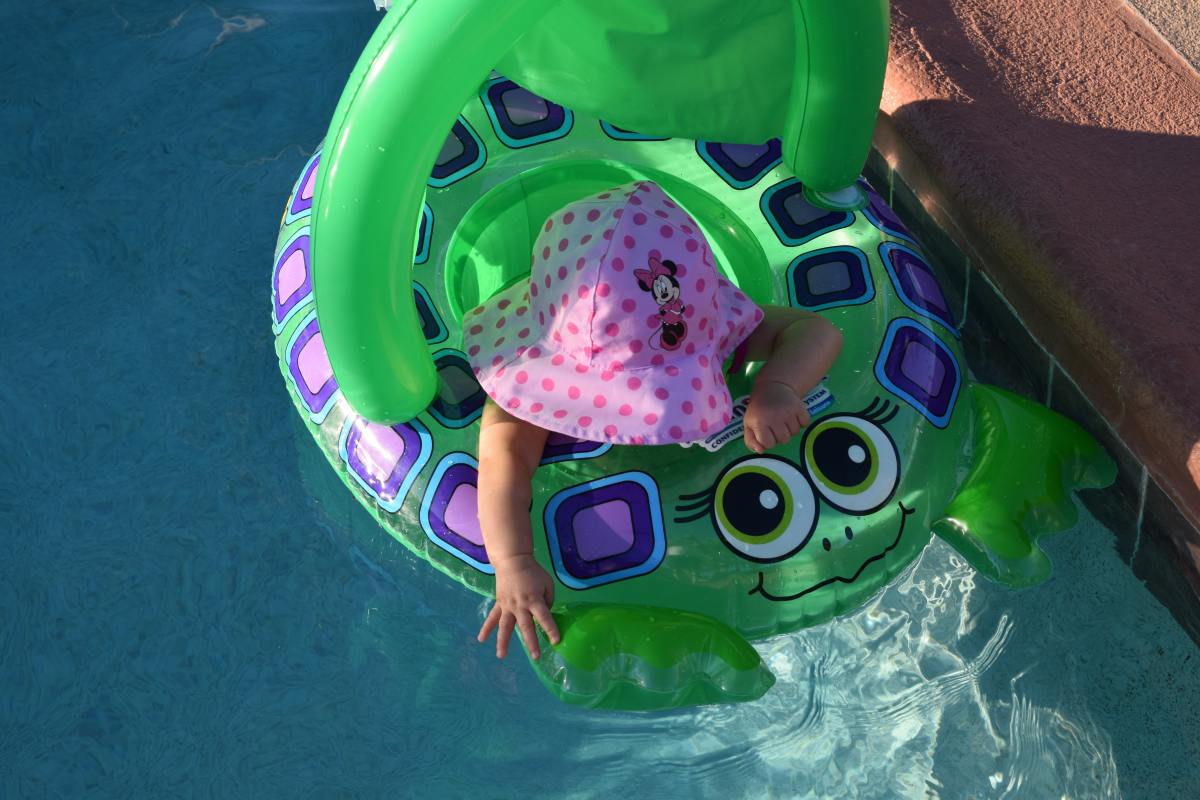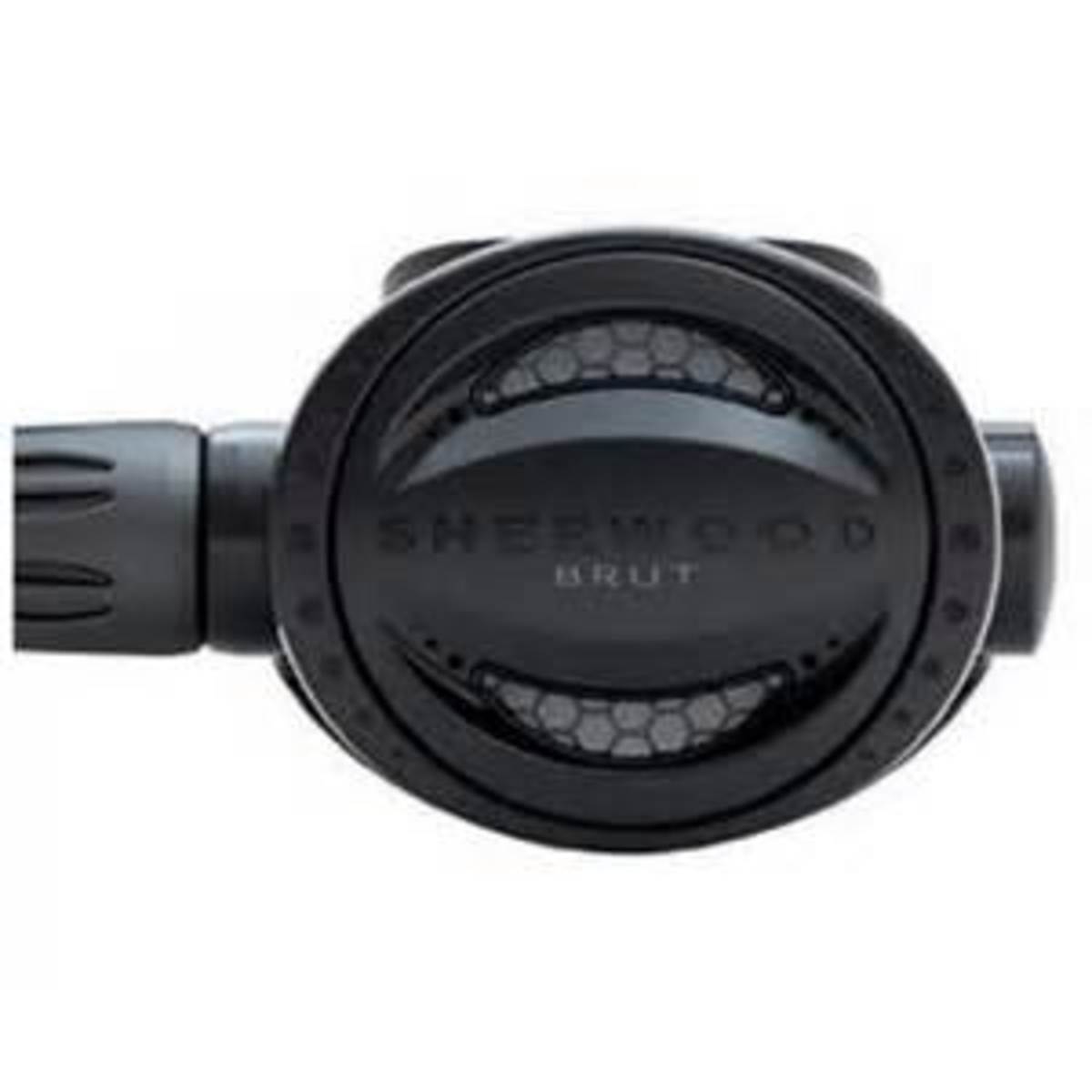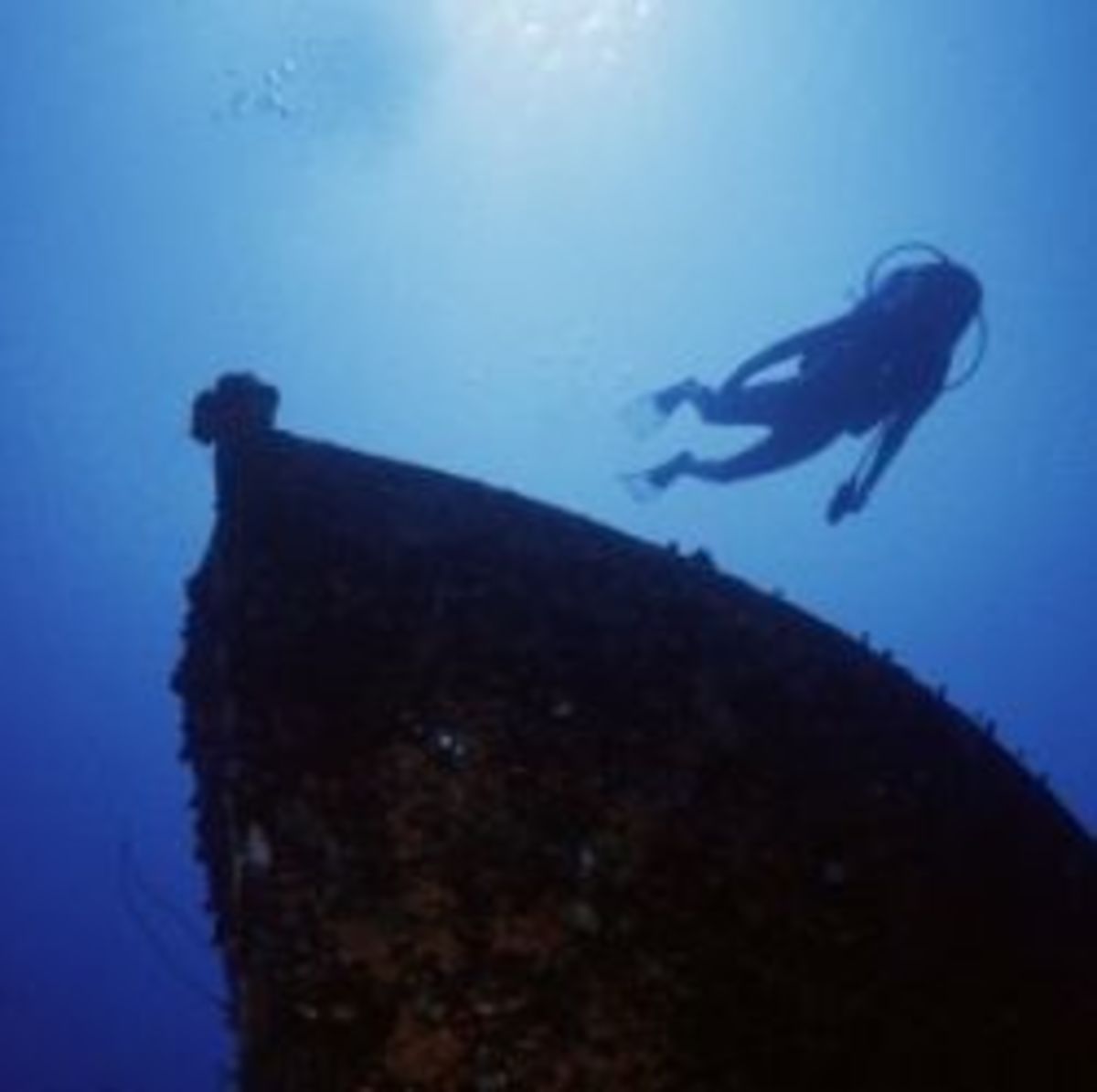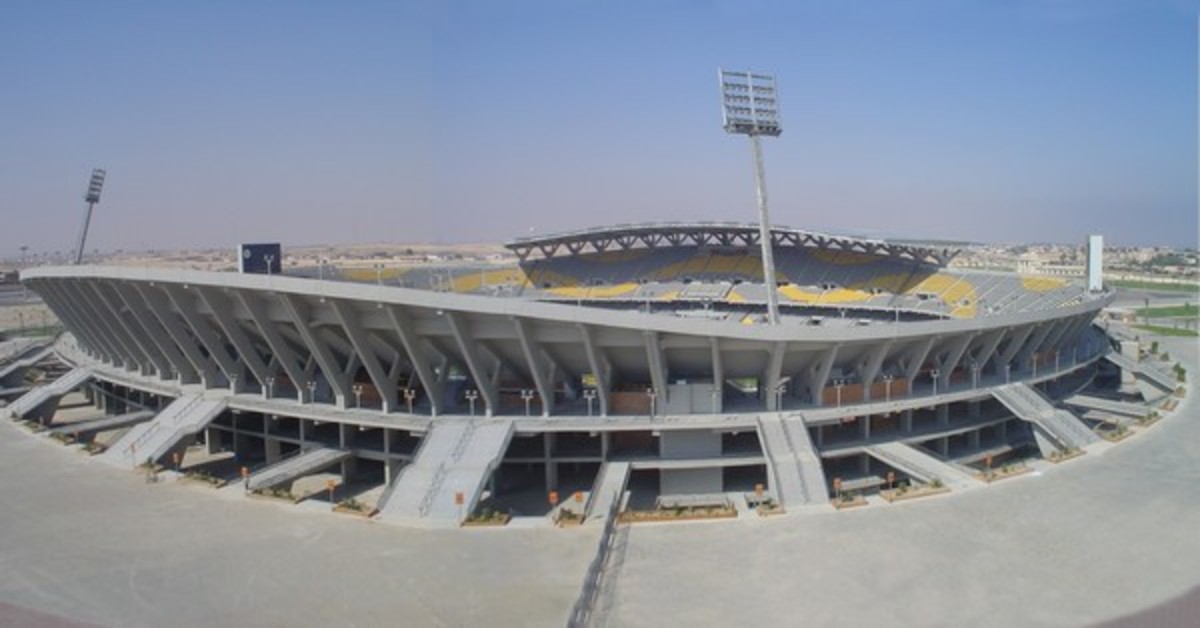Wreck Diving Training: How To Get Started With Wreck Diving
Wreck diving, like any kind of scuba diving, can be dangerous if you don’t have the correct training. Responsible dive centers will stress that no-one should consider penetration wreck diving without training, but unfortunately not all divers take this on board, and it is invariably inexperienced divers who end up having problems. If you’re considering getting involved in wreck diving for the first time, bear the following in mind.
Who needs wreck diving training?
Anyone who wants to do penetration wreck diving (inside the wreck) needs training. It’s also highly recommended for anyone who dives around wrecks. Non-penetration wreck diving can be undertaken by anyone who has their basic Open Water certification (I even did one of my certification dives at a wreck site), but even then it’s best to familiarise yourself with the potential hazards lurking around wreck sites and dive with a more experienced diver.
Who offers wreck diving training?
Different dive associations such as PADI and NAUI offer training. This article (and most of my writing on wreck diving) focuses on PADI, only because that’s who I trained with, and it’s the system I’m familiar with.
What’s the pre-requisite?
For the PADI wreck diving course you need to have both your basic open water diver certification, and to have taken a PADI Adventure Diver course, and depending on the dive center, possibly a PADI Advanced Open Water Diver course (both of which may include a wreck dive as part of your training). Contact your nearest dive center to find out about these courses. Most centers will accept the equivalent course from another training association (such as NAUI). The classroom portion of the open water course is now available online, to study at your own pace, in several languages. This means it you’re travelling to a dive center, or want to take the course while on vacation, you can get the theory done ahead of time.
Turtle At Antilla Wreck, Aruba
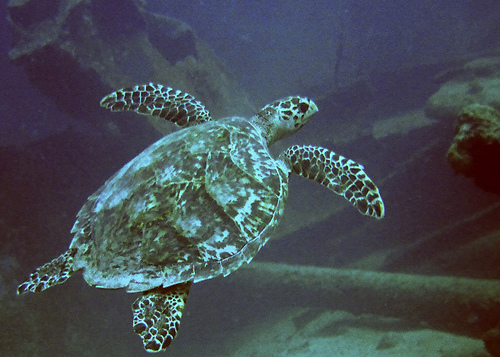
Photo by Serge Melki
What does wreck diving training involve?
Wreck diving training teaches you special procedures and techniques you’ll need to dive safely in and around wrecks. It highlights enough potential wreck diving hazards to give you a healthy concern regarding wreck diving, and teaches you how to avoid and deal with those hazards. You’ll learn how to safely enter and exit wrecks, what equipment you need and how to operate it, how to plan and organize wreck dives, how to research wrecks you might want to dive, and special considerations regarding air supplies, limited visibility wreck diving, and emergency procedures.
Does it take a long time?
No. Once you have the prerequisites, you can usually do the PADI wreck diver specialty course in a weekend. You’ll need to complete four instructor supervised wreck dives to get your certification.
Do I need special equipment?
You’ll need basic scuba gear including a decompression meter, and a dive light. It’s advisable to carry a dive knife when wreck diving too as you may need to cut yourself or another diver free of some entanglement. The dive center that trains you will advise you about equipment needed, and usually be able to rent you anything you need. You’ll need the PADI wreck diver crewpack, consisting of your learning materials for the course. You can order it online, but check with your dive center first as it may be included in the price of the course.
Does this mean I can dive any wreck, in any way I want, now?
No. Recreational wreck diving qualifications basically train you to dive in the ‘light zone’. Full penetration diving requires more advanced, technical training. You should always check with local dive centers if wreck sites are safe or if there are any special considerations (such as legal restrictions, or potentially dangerous currents around the wreck site) that you need to know about. Bear in mind that there are many dive sites that divers are not allowed to dive, including many that would probably be particularly interesting. Although you can dive sunken war ships in many areas of the world, there are also many that have restricted access. Seeing as these wrecks are effectively grave sites of late war heroes, most divers will, of course, respect this. Some wrecks lie in deep water and will require deep water dive specialty training as well as wreck diving training.
Dive safe. Dive responsibly. Have fun.
Himler Hooker Wreck
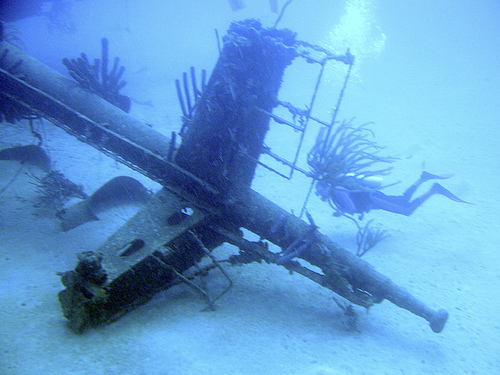
Hubs About Scuba Diving
- Best Scuba Diving Locations
Scuba diving has come a long way since the time it was used by the United States as a warfare tactic. Nowadays, scuba is a sport, recreation and even people consider it as a great touring activity. It’s a million dollar industry all over the... - 5 Most Stunning Scuba Diving Sites in the Philippine...
Beach of Moalboal, Cebu, Philippines ying liang, CC-BY-ND, via flickr Boasting of 7,107 islands and one of the most enviable marine ecosystems in the world, the Philippines has exceptional scuba diving sites spread across its archipelago. The... - Responsible Diving - Ten Ways to Make the Most of Your Diving Holiday
These days the majority of people are very much aware of the environment and of the negative impact humans can potentially have on nature. It is brilliant that more and more people are considerate and...



